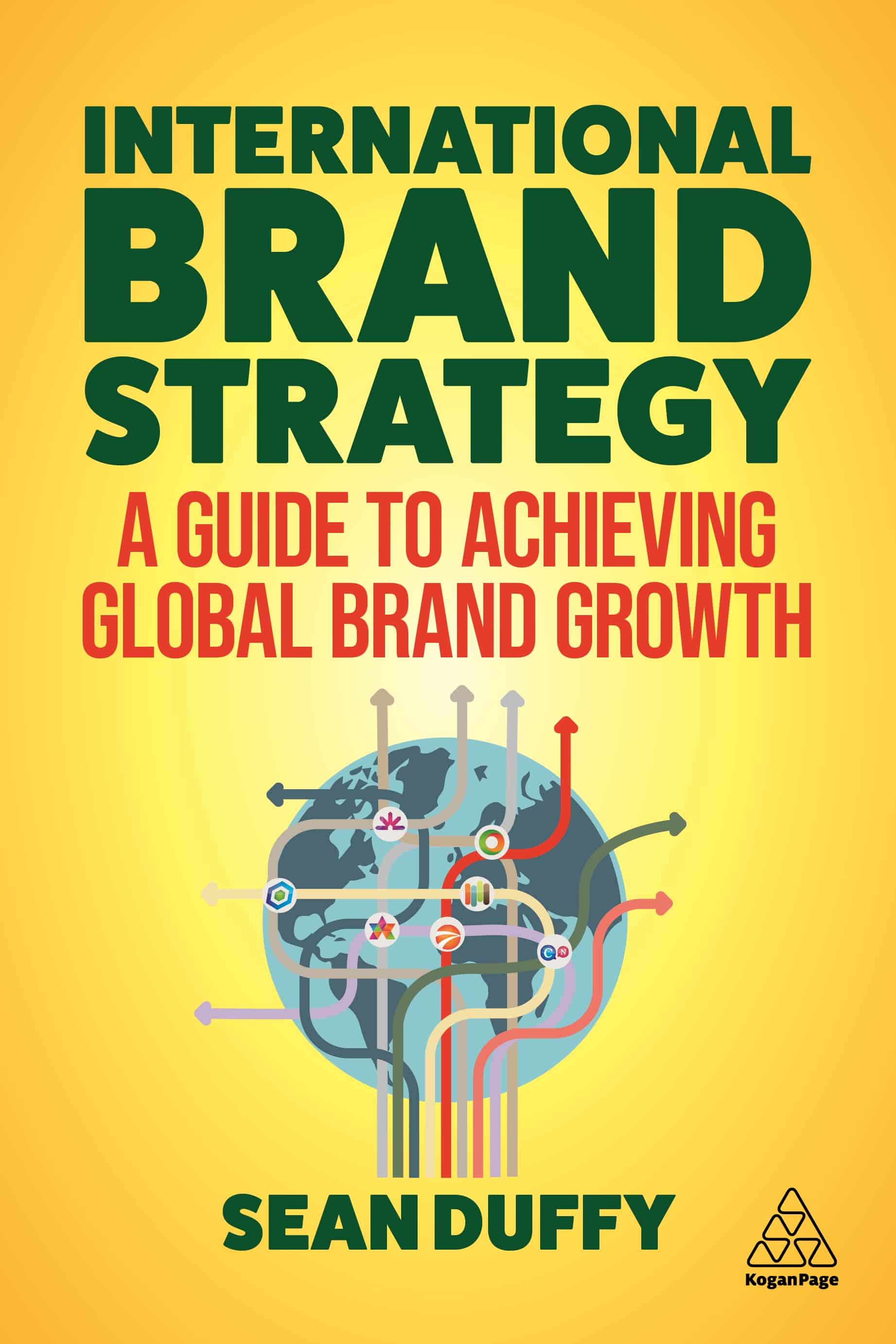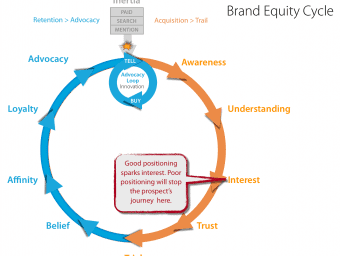Direct to consumer drug advertising is good for you.
NEW STUDY REVEALS DTC ADVERTISING INCREASES DIAGNOSIS AND COMPLIANCE In 1997 the FDA relaxed regulations on the use of broadcast media...
8 Jun 2008 3909 ViewsNEW STUDY REVEALS DTC ADVERTISING INCREASES DIAGNOSIS AND COMPLIANCE
In 1997 the FDA relaxed regulations on the use of broadcast media to advertise prescription drugs to consumers. Since that time there has been a lot of debate over the merits of allowing prescription drugs to be advertised on TV alongside spots for beer, car insurance and washing detergent. The US and New Zealand are the only two countries that allow it.
The effect of drug advertising on sales was predictable. A study that correlated drug sales to advertising between 1999 and 2000 found that prescriptions for the 50 most advertised drugs rose about 25% over that year compared to the average growth of 4% for all other drugs (1). This is good for the drug companies but what about the general public?
Since the drug industry has done such a spectacular job at soiling its own reputation, anything big pharma does is treated as suspect from the outset. So its not surprising that most of the debate over direct to consumer (DTC) drug advertising has been negative. However, a recent study has shown that the public may actually benefit from pharma’s DTC advertising.
The study was published in The B.E. Journal of Economic Analysis & Policy (vol 8, issue 2, article 4) by Chad Meyerhoefer and Samuel Zuvekas from the US government’s Agency for Healthcare Research and Quality. They set out to see what effect direct
to consumer advertising of antidepressants had on consumers by examining data on antidepressant advertising spend and sales between 1996 and 2003.

Their analysis of the advertising showed that the antidepressant campaigns did little to highlight differences between the antidepressant options on the market. However, the advertising did increase awareness of the condition and the possibility for treatment. They concluded that this increase in awareness was beneficial in two ways.
First, it tended to increase the total number of people who were diagnosed and prescribed antidepressants. The implication being that more people sought help for their depression as a result of seeing the TV spots. Since depression is considered to be widely under-treated in the US this is seen as a positive development.
Second, DTC advertising seems to fuel refilling of prescriptions among those who have already been diagnosed. So there is a compliance argument as well.
The authors suggest that this effect may not be limited to antidepressants:
While it is doubtful that this evidence will dissuade the critics, at least all you antidepressant DTC advertisers can hold your head a little higher knowing that your marketing program is also serving a public service.
See also:
DTC Defined
PLoS: Disease Mongering in Drug Promotion: Do Governments Have a Regulatory Role?
BMJ: Selling sickness: the pharmaceutical industry and disease mongering.
Pfizer’s policy on DTC advertising
FDA: The Impact of Direct to Consumer Advertising
NEJM: A Decade of Direct-to-Consumer Advertising of Prescription Drugs
FTC: DTC Advertising is it Helping or Hurting? (PDF)
Sofa Image Source: http://www.bethesdachiropractic.net/newsletter.html
Heroin Image Source: http://www.neatorama.com
1: Statistic from National Institute for Health Care Management Research and Education Foundation, Prescription Drugs and Mass Media Advertising, 2000. November, 2001. www.nichm.org
Like this post? You'll find more marketing insights in my new book: International Brand Strategy: A guide to achieving global brand growth, now available from booksellers globally. Order your copy here.







2 replies
I’ve seen ads on TV for Caduet. It has two ingredients. One is Amlodipine and the other is Atorvastatin. With my RxDrugCard I can get 30 tablets of Amlodipine for $9 and 30 tablets of Simvastatin for $9. I’ll bet they are charging more than $18 for this new drug! The unthinking public is going to pressure their doctors into giving them something just because it’s new, when something old or generic would do the job for cheaper.
But I get soooo tired to hearing about people's personal medical problems.